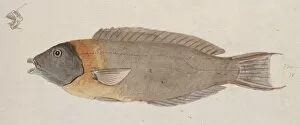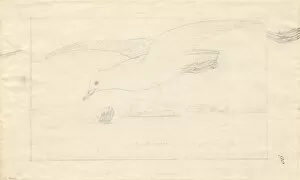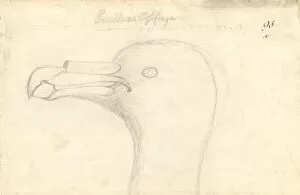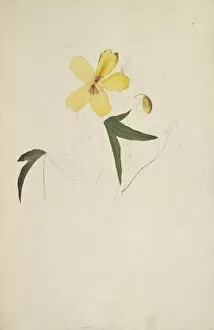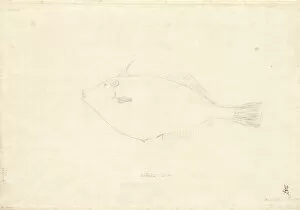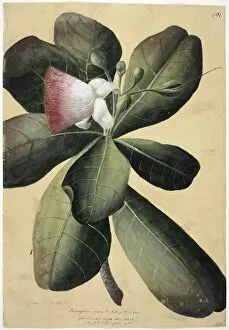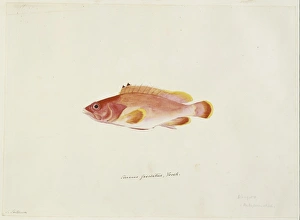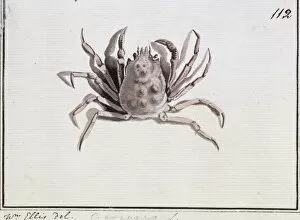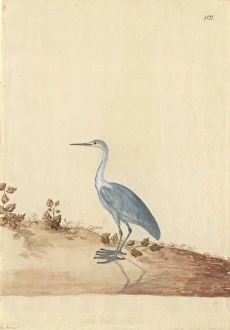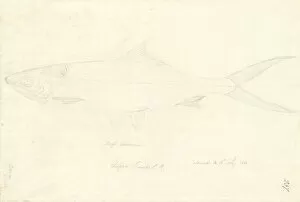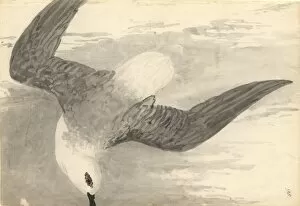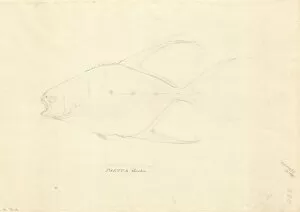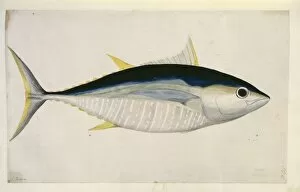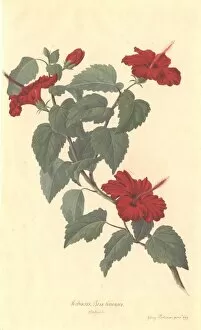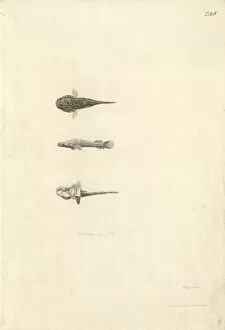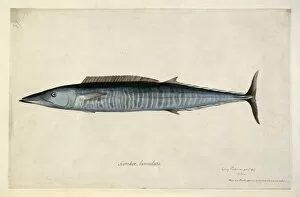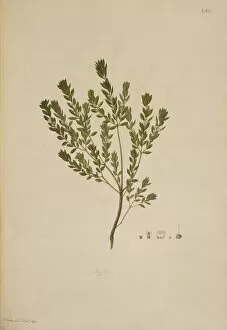Captain Cook Collection (page 8)
"Captain Cook: A Legacy of Exploration and Tragedy" In 1775, Captain James Cook embarked on a daring voyage that would forever shape the course of history
All Professionally Made to Order for Quick Shipping
"Captain Cook: A Legacy of Exploration and Tragedy" In 1775, Captain James Cook embarked on a daring voyage that would forever shape the course of history. As an esteemed explorer, he set sail to chart uncharted territories and unravel the mysteries of the world. However, fate had a different plan for Captain Cook. In 1779, tragedy struck when he was killed by Hawaiian natives during his third Pacific expedition. His untimely demise marked the end of an era filled with remarkable discoveries and unparalleled courage. One such discovery was Banksia integrifolia, also known as coastal banksia. This unique plant caught Captain Cook's attention during his exploration in Australia, showcasing nature's beauty in its intricate blooms. Another fascinating encounter occurred when Captain Cook's ship moored on the quay in Great Yarmouth harbor. The sight must have been awe-inspiring as it stood tall against the backdrop of bustling maritime activity. During his travels through Tahiti, Captain Cook encountered Gardenia taitensis or Tahitian gardenia—a fragrant flower that captivated him with its exquisite scent and delicate petals. The prickly acacia tree (Acacia nilotica) and narrow-leaved ironbark tree (Eucalyptus crebra) were among many botanical wonders discovered by Captain Cook throughout his expeditions—testaments to Earth's diverse flora. As Christmas approached one year, Metrosideros excelsa adorned landscapes like a magnificent Christmas tree—an enchanting sight witnessed by Captain Cook during his voyages across distant lands. Sunset cast golden hues through silhouetted palm trees along Kona Coast—the Big Island of Hawaii—painting a breathtaking panorama that surely left an indelible mark on Captain Cook's memory. Notably, it was in New South Wales where Captain James Cook claimed this land for the British Crown in 1770—a pivotal moment shaping Australia's future. His expeditions were not limited to flora and land.



